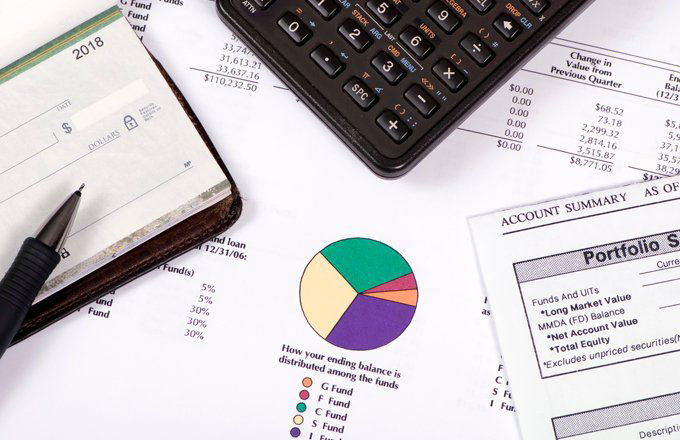It is the payment made by a mutual fund or ETF made of a part of the profits from the sale of stock and other assets within its portfolio. It is the fund's pro-rata part of the gains of the funds' transactions.
However, it is not a portion of the overall profits. The fund can make or lose money throughout the year, and your account balance could increase or decrease. However, if the fund benefited through selling one of its stocks during that year, it'll make capital dividends to its shareholders.
Mutual funds are legally required to provide regular capital gain distributions to shareholders. Shareholders of mutual fund shares can choose to accept the capital gain distribution in immediately-paid payments or invest it in other fund shares.
Understanding Capital Gains Distributions
Generally speaking, the mutual fund or ETF must make a capital gains distribution at the close of each calendar year. The distribution results from the sale of assets such as stock or other than the fund's management team have made over each tax year. Investors should remember that cashing upon the cash distribution rather than investing it back into the fund is, in essence, withdrawing. It decreases the total amount you've put into the account by the sum of your distribution.
Tax Considerations
Shareholders of mutual fund shares must pay tax for capital gain distributions made by the funds they hold regardless of whether or not the money is reinvested into additional shares. However, there is an exemption to municipal bonds that are tax-free at the federal and generally in the states. Taxes are not due for the tax year if the fund owner has the fund as part of the IRA, 401(k), or other tax-deferred retirement plans. The tax due date is after the funds are taken out following retirement. If the account isn't in a retirement account, the tax due is due for the time period of tax filing.
Current IRS Regulations
According to current IRS rules that allow capital gains distributions from mutual funds and ETF assets are taxed in the form of capital gains, regardless of how long the person owns shares of the fund. This means that the tax rate is 0%, 15 percent, and 20% based on the individual's taxes on income.
Individuals who are unhappy paying taxes may want to look at tax-efficient investments, such as tax-efficient funds. Tax-efficient funds are identified in their descriptions as such. They tend to purchase or sell stock less often than funds with a more aggressive growth strategy and might also have municipal bond funds that can earn tax-free income.
Capital gains distributions could be distributed even if a fund's overall value has declined over the year. This means that the fund might have sold certain shares that have increased in value, but these gains could be offset or removed by other investments which lost funds.

Net Asset Value and Distribution
Like common shares, the distribution of dividends and capital gains reduces the net asset value (NAV) that the funds have by the distributed value. For example, the fund manager of a fund with a value of $20 per share could pay a $5 dividend to shareholders. This could cause the value of the fund's net asset to decrease by $5 to $15. While this is shown on the price chart of a mutual fund as a decrease in price on the date of the ex-dividend, the return total of the fund hasn't changed. The unrealized gains from securities affect the mutual investment's value as a net asset up until sold.
How They Are Taxed
While it may not seem appropriate to tax capital gains distributions even though you don't sell your shares in a mutual fund, the IRS does not see this in the same way. The IRS states that you, the investor, do not own direct control of any capital or other assets that are in question. Instead, you hold shares in the company (i.e., the fund) that holds these capital assets. Capital gains result if the fund you hold shares sells these bonds, stocks, or securities. Capital gains are distributed at the time in the calendar year. It is your responsibility to report the profit, regardless of whether you don't recognize it or if you decide to invest it into a different fund.
It is positive that cash distributions of capital gains can be taxed similarly to long-term capital gains, regardless of how long you keep the shares. Many investors pay 15% tax on capital gains in lieu of the higher rate of ordinary income tax. Other ways you can lessen the potential tax burden arising from capital gains distributions be found in the following.





